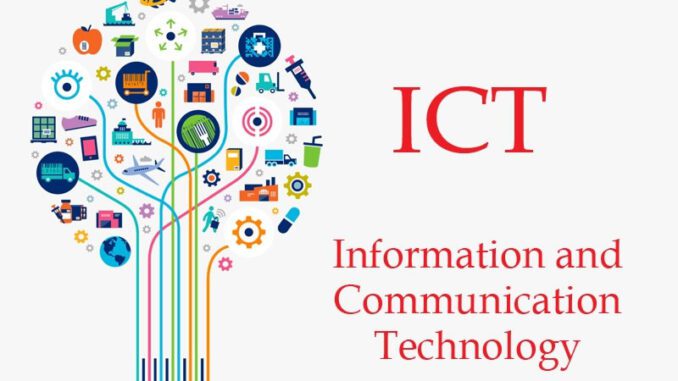
Sri Lanka school ICT – the first lesson is Information and Communication Technology. After studying this chapter, you will be able to understand the following:
- how to identify data and information
- what a system is
- characteristics of quality information
- Information and Communication Technology
- applications of Information and Communication Technology
- evolution of the computer
You can get better practical knowledge by watching the given videos related to the topics mentioned in the syllabus of this lesson. By clicking on the relevant categories, you can see the description of the lesson related to the topic
? Learning Video Option 1 – Sinhala Medium – Play List Included 6 Videos with ??????? ??????????
? Learning Video Option 2 – Sinhala Medium – Play List Included 6 Videos with ??????? ??????????
Given below is a series of notes prepared in relation to your syllabus.
For an enlarged view of the Note ? Click Here
Related resources and links to this lesson
Text Book Lesson Note Download Questions MCq
School ICT – Information and Communication Technology
Information and Communication Technology (ICT) refers to the use of technology to handle and communicate information. It encompasses a wide range of technologies and tools, including computers, the internet, software, and telecommunications equipment. ICT is used in many industries and sectors, including business, healthcare, education, and government, to improve communication, increase efficiency, and access information.
Learning Video – English Medium
Learning Video – Tamil Medium
Data and information can be identified in a few ways:

Data is raw and unprocessed facts and figures, whereas information is data that has been processed and organized in a meaningful way.
Data is often numerical or statistical, whereas information is often in the form of written text or multimedia.
Data is often stored in databases, spreadsheets, or other structured formats, whereas information is often presented in documents, reports, or other unstructured formats.
Data can be analyzed to derive insights and draw conclusions, whereas information is often used to make decisions or take action.
It’s important to note that data and information can be used interchangeably, but they are not exactly the same thing. Data is the raw material that is used to create information.
Quality information has several characteristics that distinguish it from poor-quality information:
Relevance: Quality information is directly related to the topic or problem at hand and is useful for the intended purpose.
Accuracy: Quality information is free from errors and is based on reliable sources.
Timeliness: Quality information is up-to-date and relevant to the current situation.
Completeness: Quality information provides all the necessary details and context to fully understand the topic or problem.
Objectivity: Quality information is free from bias and presents multiple perspectives.
Clarity: Quality information is presented in a clear and easy-to-understand format.
Accessibility: Quality information is easy to find and retrieve.
Credibility: Quality information is from a reliable and trustworthy source.
By ensuring that the information meet these characteristics, the information will be considered quality information and can be used to support decision-making, problem-solving, and other important activities.
Information and Communication Technology (ICT) has a wide range of applications across various industries and sectors. Some examples include:
Business: ICT is used for business operations such as data management, e-commerce, customer relationship management, and supply chain management.
Healthcare: ICT is used for medical research, telemedicine, electronic health records, and medical imaging.
Education: ICT is used for online learning, distance education, educational software, and interactive whiteboards.
Government: ICT is used for electronic voting systems, e-government services, and public safety and security.
Entertainment: ICT is used in the production, distribution, and consumption of music, films, and video games.
Transportation: ICT is used in the management of transportation systems, such as traffic control, transportation scheduling and logistics, and GPS navigation.
Banking and Finance: ICT is used in online banking, electronic fund transfer, and financial management.
Agriculture: ICT is used in precision agriculture, precision farming, and smart farming.
These are just a few examples of how ICT is used to improve communication, increase efficiency, and access information in various fields. The application of ICT continues to evolve as technology advances and new innovations are developed.
External Recoses




Leave a Reply